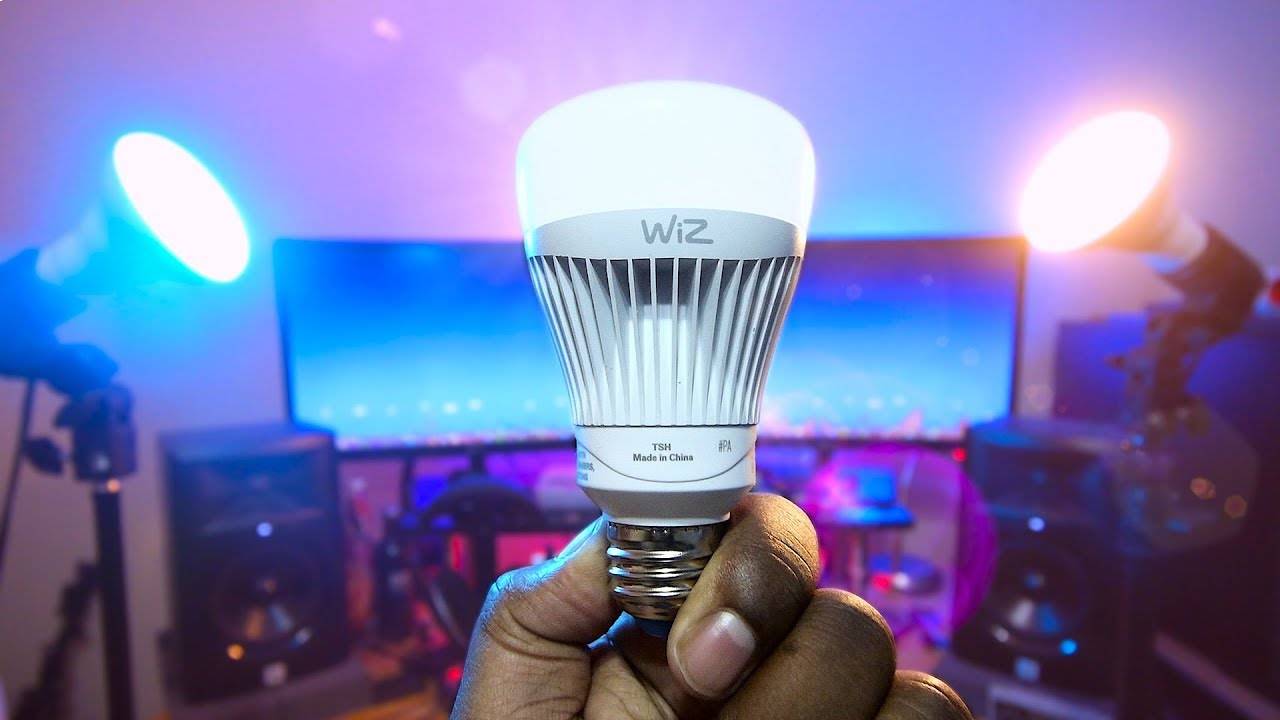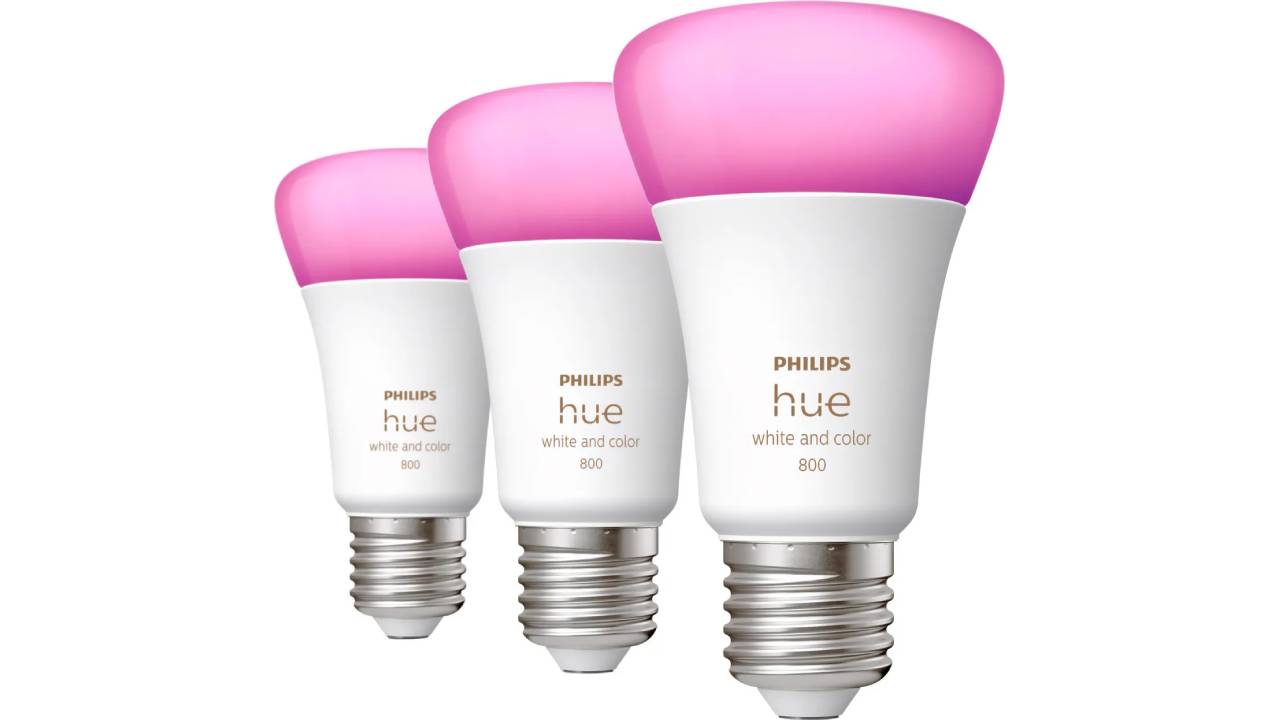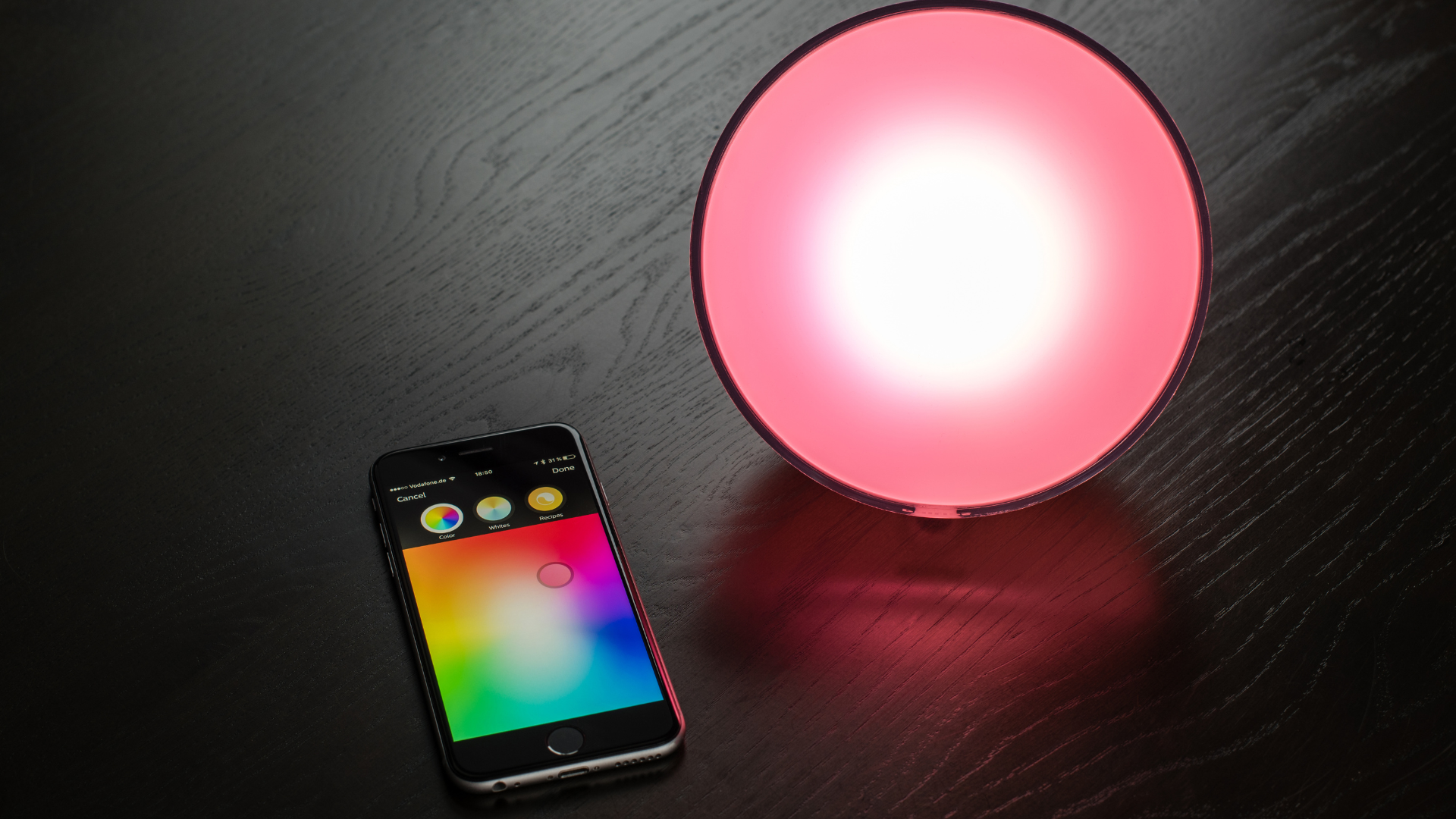
Do your smart bulbs flicker in an annoying way? Or maybe it doesn’t quite fit into the fixture? Then you could be making some serious mistakes with your smart lighting.
Many people are making the switch to the best smart bulbs. Having a smart light, lamp or strip in your home unlocks the ability to easily control your home’s lighting with a quick tap on your phone or using your voice. With multiple colours, brightness and warmth settings to choose from, you can perfectly set the mood in your home while also saving money on your electricity bills.
While smart home devices have become easier to set up and use, it’s still common to make mistakes with installation, apps and using them day-to-day. But if you’re making these smart light mistakes, you won’t be getting the most out of them and you could end up spending more on your bulbs than you should be.
To get the most out of your smart bulbs and strips, avoid making these seven mistakes everyone makes with smart lighting.
1. Not checking your light fixtures before buying
If you put the wrong type, size or shape of light bulb into a lamp or ceiling fixture, many things can happen. For example, it might not fit at all so you have to buy a completely new bulb, or the light isn’t suited to the fixture so it looks odd and doesn’t perform as well as it should.
While smart bulbs tend to conserve more energy than traditional bulbs, they do still produce a small amount of heat. When you install a smart bulb into a light fixture, you’ll need to consider if the light is able to dissipate the heat so it doesn’t get too hot or overwork itself. With this in mind, you should avoid fixtures and environments where your smart bulb is too enclosed, otherwise the heat will stay in the bulb and cause it to stop working quicker.
On a less serious note, some smart bulbs don’t look good or work properly if installed in certain fixtures. Think about it: you wouldn’t put a spotlight bulb into a lamp so don’t do the same with your smart lighting. It’s all about making the rooms in your home look attractive so make sure to install the right size and shape to get the most out of your lighting.

2. Checking wattage, not lumen
Smart bulbs aren’t measured in watts so if you’re looking for the maximum wattage on your lighting strip, you’re not going to find much success. Instead, most smart lights are measured in lumen which explains the amount of brightness your bulb can provide. Before you choose your bulb, it’s important to check its lumen output so you don’t buy a light that’s too bright or that’s too dark.
3. Not buying a hub or bridge
The way smart lights work is by connecting to an app via Bluetooth or Wi-Fi. The app is where you control all your lighting with a simple touch of the screen when you’re at home or away. But, some brands work better when used with a hub or a bridge. Take Philips Hue as an example. Philips Hue lighting uses Bluetooth technology or a Philips Hue Bridge. While the latter isn’t necessarily required, adding the Hue Bridge into your smart lighting set-up unlocks exclusive features and helps you manage your entire smart ecosystem better. Here’s everything you need to know about the Philips Hue Bridge for more details.
4. Neglecting to set up routines and timers
With lighting, it’s easy to flick a switch or tap the app and get on with your day. But not setting up routines and timers on your smart lights means you’re not getting the most out of your purchase. Using the app that your smart bulb comes with, you can customise the colour, brightness and warmth of your lights at different times of the day. By setting up a daily routine, you can have bright lights in the morning, softer bulbs in the evening and have your outdoor lights automatically turn on when the sun sets.
Another way to set up routines is by creating different scenes. For example, if you’re having a movie night, you can set up a lighting routine that sets the mood and tone of what you’re watching. Having your smart lights on a timer is also handy as they can indicate to you when it’s time to go to bed. They can also dissuade potential intruders from breaking in as the lights will turn on at a specific time of day to make it look like you’re home.

5. Focusing on colours and ignoring warmth
Smart bulbs have the full colour spectrum, meaning there are thousands of colours to choose from. Because of this, it’s easy to get over excited about the colours but let’s be honest, no one wants to sit in a living room with an intense blood red colour! Instead, focus on the warmth of your bulbs rather than the colour. Choosing a colour that’s too intense or vibrant can give you a headache or make you feel uncomfortable, so try to keep the bright pinks or dark greens to special occasions.
For everyday, choosing white or yellows makes your home feel cosier but if the light is offensively bright, it can hurt your eyes. Instead, play around with the warmth so it’s softer, which is good for rooms where you want to feel comfortable and sleepy. For rooms where you want to feel more awake, play around with the coolness of your bulbs, like a light blue to set the tone and keep you alert.
6. Using a dimmer switch to control them
With a smart bulb app, you can easily dim your lights but if you have a bulb that’s wired into a dimmer switch, this can cause problems. As your smart bulb already has dimming built into it, having external dimmer technology can cause the two mechanisms to clash. This can result in your bulb flickering or buzzing annoyingly or your light to start changing its brightness unexpectedly. Stick to using the dimmer controls in your app instead.
7. Not manually resetting them
If something goes wrong with your smart bulb, most of the time you can fix it through the app or by disconnecting and reconnecting it to Wi-Fi or Bluetooth. But in some instances, it’s better to manually reset your lights to their default settings so you can start from scratch and get your lights working properly again. To do this, simply follow the instructions from your smart bulb brand.







